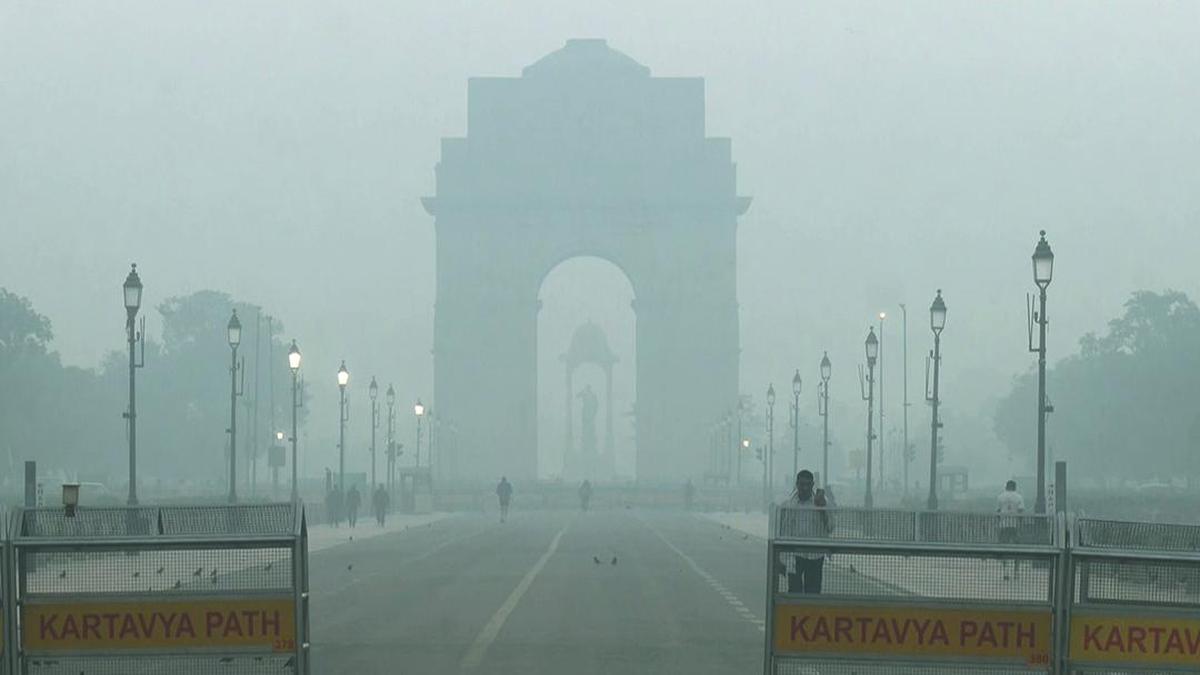Views
323
As the world observes World Environment Day 2025, the focus has never been more urgent or more relevant. The theme, Our Land. Our Future., underscores a critical truth: environmental degradation is not a distant possibility but a present and escalating reality.
Research suggests that nearly 40% of the Earths land is already degraded, directly affecting 3.2 billion people, particularly those dependent on agriculture and forest ecosystems. The UNCCD warns that if current trends persist, by 2050, an additional 16 million square kilometers of land, roughly the size of South America, could be degraded. This is not merely an ecological concern; it is a socio-economic crisis that threatens food security, displaces communities, and accelerates climate change.
The challenge, however, is not insurmountable. The Intergovernmental Panel on Climate Change (IPCC) identifies reforestation and afforestation as some of the most effective and scalable methods to mitigate the impacts of climate change. Forests absorb carbon dioxide, regulate water cycles, preserve biodiversity, and stabilize local climates.
At Grow-Trees.com, we align our efforts with this global science. Our platform facilitates tree planting at scale, focusing not only on environmental impact but also on community development and biodiversity preservation. From creating green corridors for endangered species to supporting tribal livelihoods through fruit-bearing and indigenous tree species, our initiatives are designed to serve both ecological and human needs.
For instance:
Empirical evidence from satellite imaging and carbon sequestration models indicates that mature trees planted through verified community-based initiatives can capture 2230 kg of CO per year, depending on the species and geography. These figures are not hypothetical, they are the results of targeted, monitored, and data-backed interventions.
The path forward requires a dual commitment: one to science and the other to stewardship. Tree planting is not a ceremonial gesture; it is a measurable act of resilience against the backdrop of ecosystem collapse and climate uncertainty. Whether you are an individual, a corporate leader, or part of a policymaking institution, the opportunity to invest in land restoration through meaningful action is both accessible and essential.
This World Environment Day, we invite you to join this movement, not simply as a contributor, but as a participant in a global effort to restore ecological balance, safeguard future generations, and rebuild the relationship between people and the planet.
Learn how you can participate, collaborate, or gift trees at scale through verified planting projects across India. Visit www.grow-trees.com to explore how environmental restoration can also be a pathway to social and economic regeneration.
Subscribe to our newsletter and recieve a selection of our cool articles every week.

When Mumbai’s Morning Haze No Longer Feels Like Home
Mumbai Weather Update: AQI Turns Severe as Thick Haze Persists, Free Press Journal (FPJ).
Nov 24, 2025

Delhi Is Gasping Again, And This Time, Even the Clouds Refused to Help
Delhi is choking again. AQI levels have slipped into the ‘severe’ zone, cloud seeding failed, and emergency measures barely make a dent. Because the city doesn’t need one-off fixes, it needs long-term healing. Trees remain the simplest, most effective answer. They absorb carbon, trap dust, cool the air, and act as natural lungs. If Delhi wants cleaner winters, it needs more green cover, not just temporary interventions. Clouds may not cooperate, but trees always will.
Nov 17, 2025
Copyrights @ 2025 All rights reserved by Pangea EcoNetAssets Pvt Ltd.